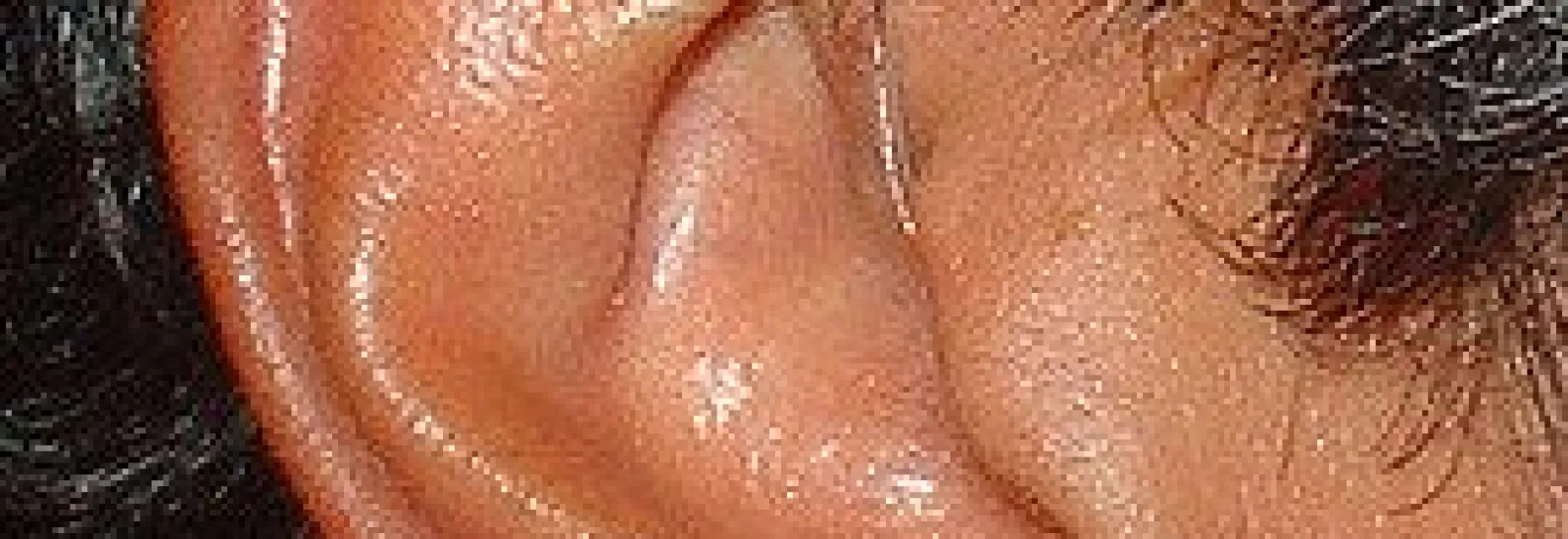
Hearing aids: What’s the latest on these innovative devices?

Technology for hearing aids is in constant development. Compared to a decade ago today’s models are smaller better connected and more functional for users. Amber Wolsiefer Au.D. doctor of audiology with Reid Hearing Center shares the latest innovations that make the hearing aid better than ever.
Surprisingly compact
Many of Dr. Wolsiefer’s patients come in her office with the same request: They don’t want a bulky hearing aid behind their ear. Fortunately for them technology has shrunk the size of a hearing aid considerably making large devices a thing of the past.
“Larger hearing aids are no longer a necessary option and for individuals with more mild amplification needs we even have a hearing aid that’s only visible with an otoscope” says Dr. Wolsiefer. “For people who need a behind the ear option we can match the color of the hearing aid to their hair and it’s nearly invisible with only a thin clear wire that attaches to the receiver in the ear canal.”
Hearing aids are smaller than ever yet provide improved sound delivery and a host of other features.
Integrative technology
It’s a competitive market with companies trying to outdo one another in new features and product quality. The winner of this competition is the consumer with high-end advances becoming standard as time goes by.
“There are hearing aids that can connect with anything using Bluetooth technology — your phone your television even your car. A few years ago these were selling points for more expensive devices but now these features are standard and most models have that capability though we have options that can cater to any lifestyle” says Dr. Wolsiefer.
Advanced noise canceling
To be effective a hearing aid needs to amplify sounds the user wants to hear rather than all sounds in the area. Dr. Wolsiefer points out that all hearing aids have some form of noise reduction. She says “The higher-end hearing aids are self-adjusting they can detect if you’re in a noisy restaurant the wind is blowing or a traffic jam. Others only require the touch of a button to readjust to a new environment you just need to have it programmed by an audiologist.”
No more tiny batteries
A small hearing aid needs small batteries for power whether that’s in the form of rechargeable batteries or constantly changing disposable ones. However this is becoming a thing of the past.
“Hearing aid batteries are a potential health hazard older individuals may mistake them for their pills and small children may swallow them and they’re toxic and cause major problems” says Dr. Wolsiefer.
These batteries are also difficult to change for those with visual impairment and problems with dexterity.
The latest and greatest models have no removable battery and are charged just like a smartphone. Portable battery packs are also available. These can provide several full charges before they need to be recharged themselves.
Tailored to your needs
As groundbreaking as this technology is Dr. Wolsiefer adds an important caveat: “Your hearing aid is only as good as the provider who fit it for you. Not only does it need to fit your ear physically but it needs to amplify the sounds that you need help hearing.”
At Reid each hearing aid is fitted using the Real Ear Verification procedure which determines if you’re hearing the full range of human speech. The data from the test helps the audiologist make important adjustments that maximize the effectiveness of your hearing aid.
“Some patients don’t need a new hearing aid they just need the right technology to fit it to them. People are so surprised after doing the test they can actually hear” explains Dr. Wolsiefer. “Not very many providers use this technology but it’s very important and should be a routine part of any hearing aid fitting provided by any audiologist.”
Hearing aid technology combined with an audiologist’s expertise can help you or your loved ones hear and live better and today and for years to come.
Image source: Flickr

